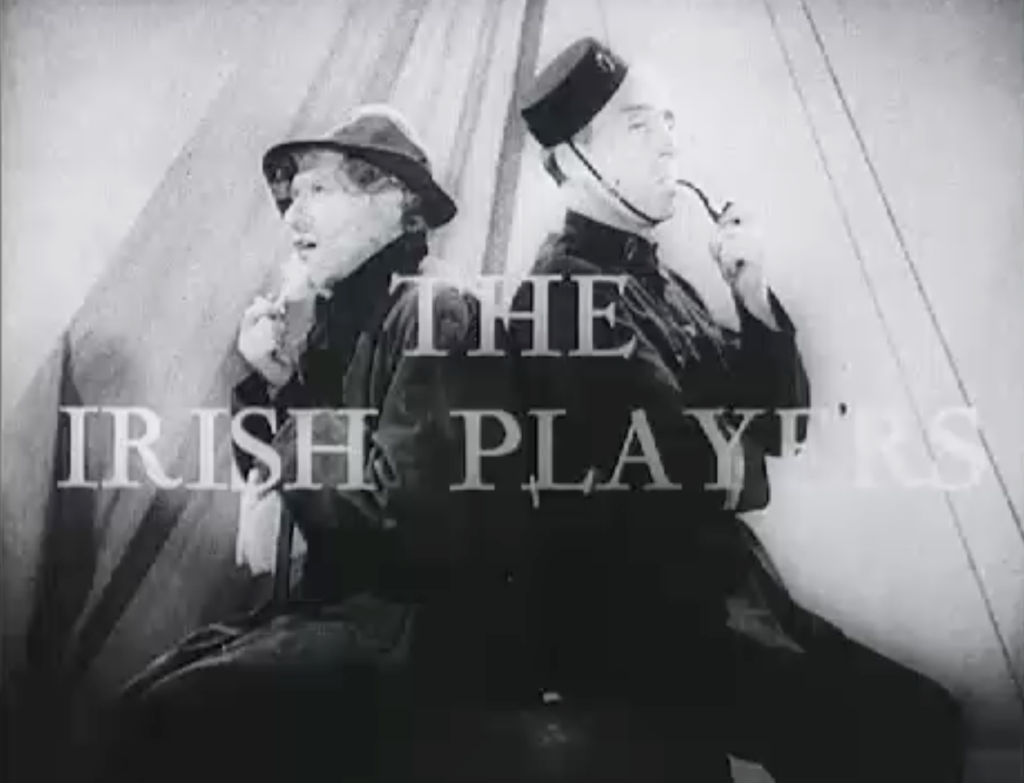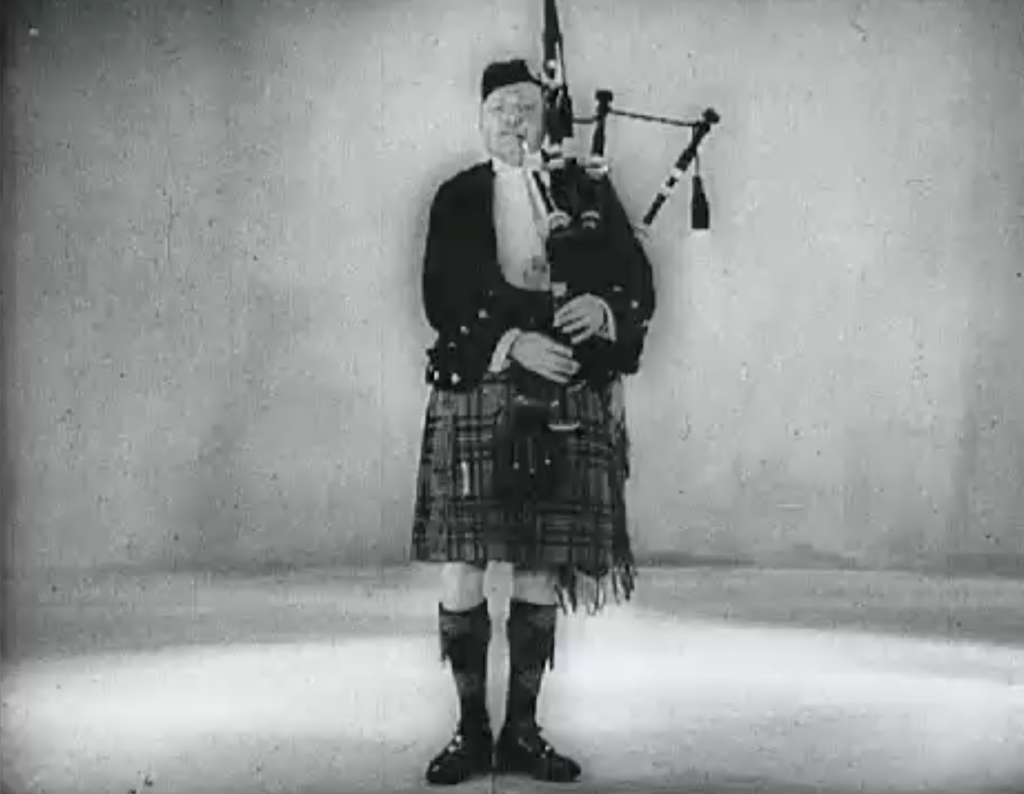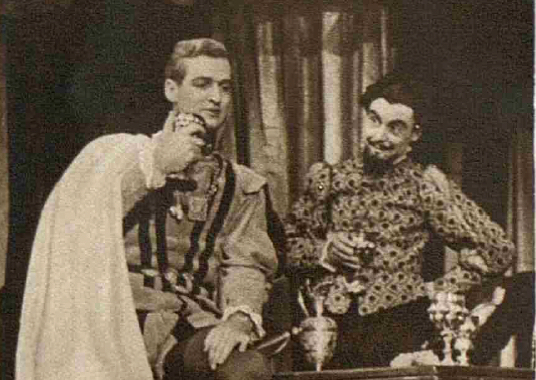OTDs in early British television: Xmas reprise 2

John Wyver writes: here’s a second holiday round-up of blog posts from the past month that I have written as preparation for the publication of my book, Magic Rays of Light: British Television between the Wars. The first collection is here, and two further ones will follow on Friday and Saturday, before normal service is resumed on Sunday.

• OTD in early British television: 17 December 1936: Thursday 17 December 1936 saw an edition of one of the first television series, London Characters. In a 7-minute broadcast shown both mid-afternoon and mid-evening, John Snuggs, ‘the troubadour’, demonstrated paper tearing with his partner accordionist, Van Hornibrook. Others who featured in this occasional and ultimately short-lived strand (there were just five shows) included ex-Pipe Major Massie, ‘the bagpipes man from Trafalgar Square (pictured, in a framegrab from the BBC Television Demonstration Film); John Cairns, street busker; Hansom cabman Albert Frisbee; Alf the shrimper; and Jack Smith, tomato seller.
• OTD in early British television: 21 December 1936: On the evening of Monday 21 December 1936 extracts from from the current stage production T.S. Eliot’s religious drama Murder in the Cathedral were played for a third time at Alexandra Palace. Despite having to work within the significant technical constraints of the Baird company technology, producer George More O’Ferrall was felt to have achieved a polished and innovative live broadcast. But it is one reception context that makes this transmission notable, for it was watched on this day by some three hundred luminaries of stage and screen in the auditorium of the West End theatre where the production was currently running.
•OTD in early British television: 22 December 1936: the afternoon of Tuesday 22 December 1936 saw a 14-minute lecture by Yarrow Research Professor to the Royal Society G.I. Taylor about the stabilisation of ships and why they roll in a rough sea. This was the first televised Royal Institution lecture for children, a television tradition that continues this year with three lectures by Chris van Tulleken on BBC Four and Youtube.
• OTD in early British television: 26 November 1937: The evening schedule on Friday 26 November 1937 is one of those pre-war transmissions that I especially wish was preserved. (There are no extensive recordings of live studio broadcasts from the BBC Television Station at Alexandra Palace before the late 1940s.) At 9.20pm producer Mary Adams presented a short discussion between Dr Julian Huxley, Secretary of the Zoological Society of London, and modernist architect Berthold Lubetkin. They were especially concerned with Lubetkin’s recent Elephant House at Whipsnade, but in the studio they also had models of his Penguin Pool and Gorilla House, both created for Regent’s Park.

• OTD in early British television: 29 November 1937: OTD, Monday 29 November 1937, from the BBC’s ‘high definition’ Television service… Scenes from Cymbeline, broadcast from 3.39pm to 4.24pm, and then again from 9.31pm to 9.55pm, was a presentation of minimally restaged elements of André van Gyseghem‘s production at London’s Embassy Theatre, which had opened 13 days previously. The image above, taken from The Sphere, 11 December 1937, shows Geoffrey Toone as Posthumus and Mario Francelli as Philario.
• OTD in early British television: 3 December 1937: on the afternoon of this day, Friday 3 December 1937, four members of The Irish Players came to Alexandra Palace at short notice to play Lady Gregory‘s one-act drama The Rising of the Moon. They were a late replacement for Laurence Olivier and Judith Anderson who were booked to give scenes from Michel Saint-Denis’s Old Vic production of Macbeth. But that theatre’s powerhouse, Lilian Baylis, had died just a week before and those giving the Scottish play, to which we will return, postponed their visit. Remarkably, The Rising of the Moon is one of the very few pre-war television dramas of which we have something like a moving image record.
• OTD in early British television: 4 December 1937: One of the true eccentricities of performance presented from Alexandra Palace in the later 1930s was the cycle of masques staged by H.D.C. Pepler. On this day, 4 December 1937, mime and mask artist Pepler, working with producer Stephen Thomas, with whom he regularly collaborated, presented a masque based on Coleridge’s poem The Rime of the Ancient Mariner. Working with an original score by Cyril Clarke, and with the poem read by Dennis Arundell, a cast of ten, including Pepler himself, and some in masks that Pepler had made, mimed and danced with rhythmic movements for a half-hour afternoon show.
Leave a Reply